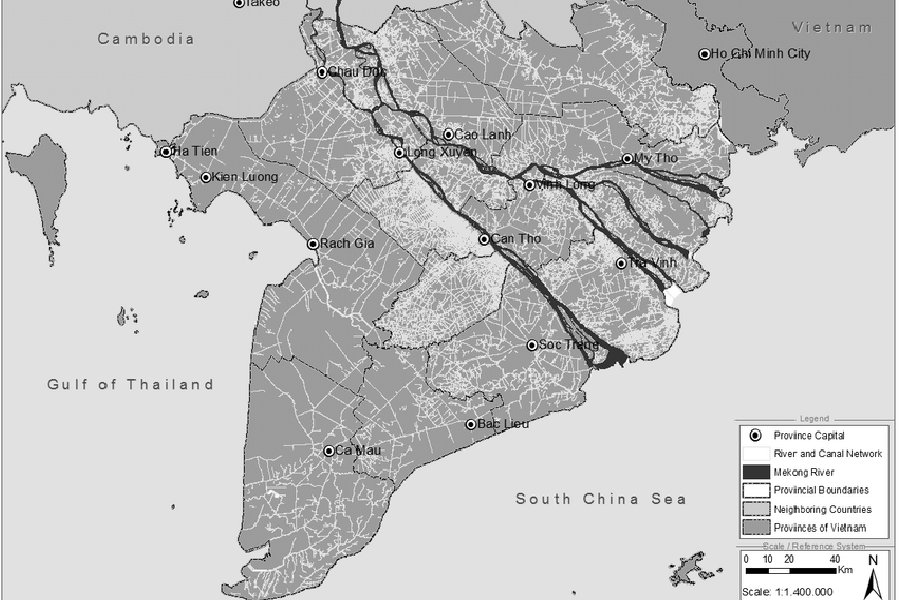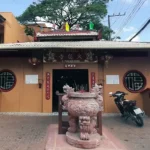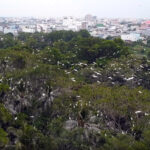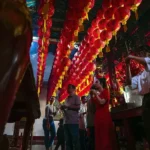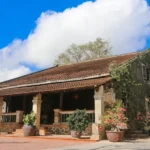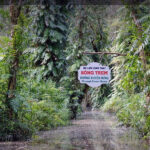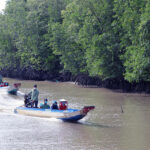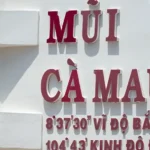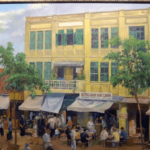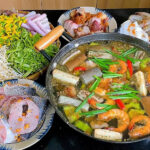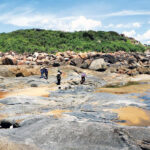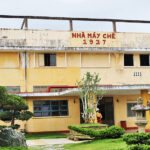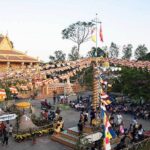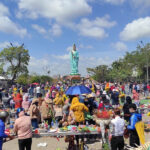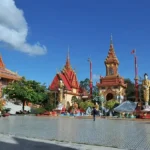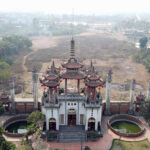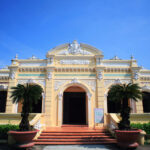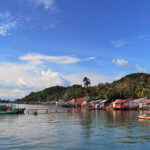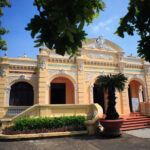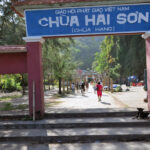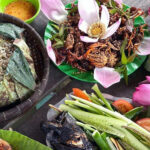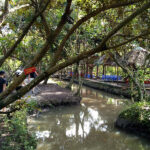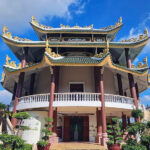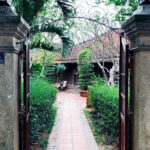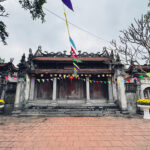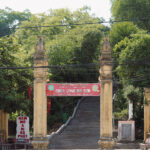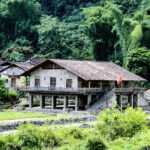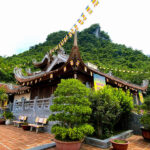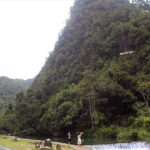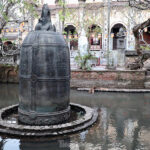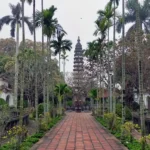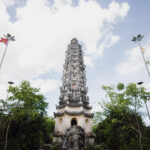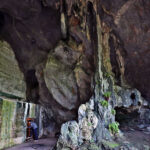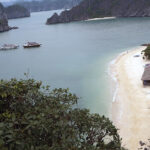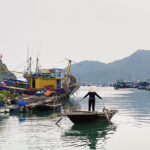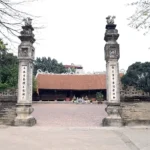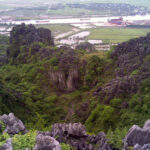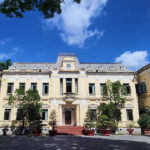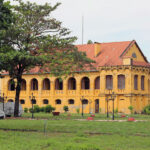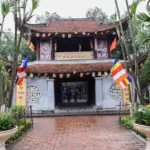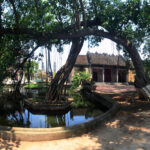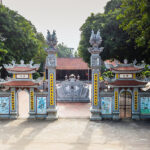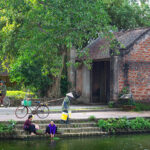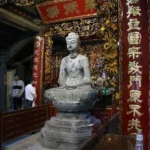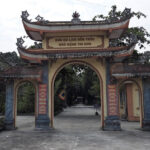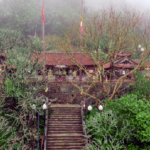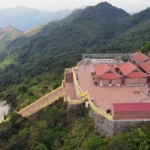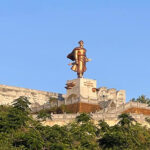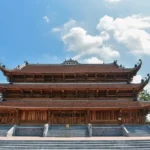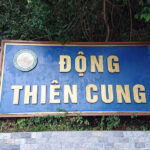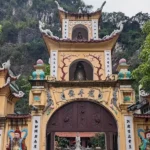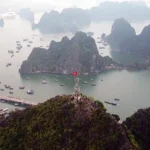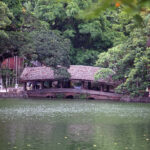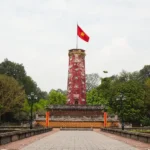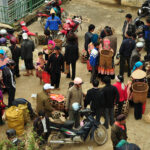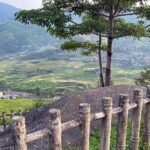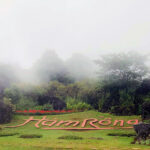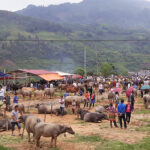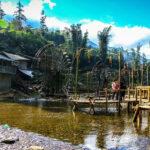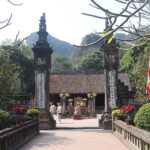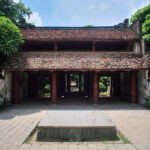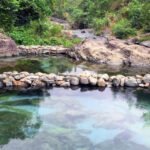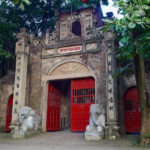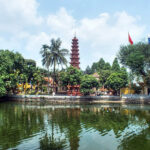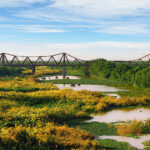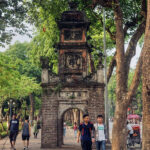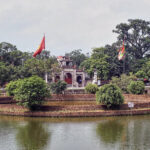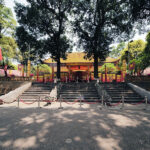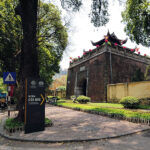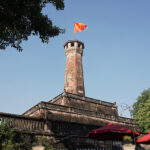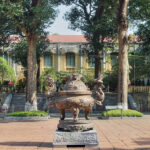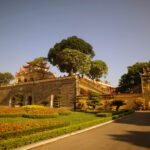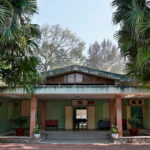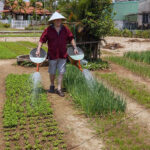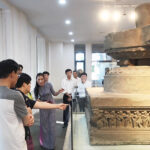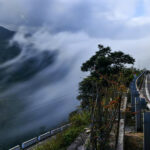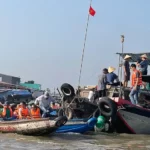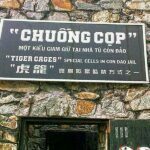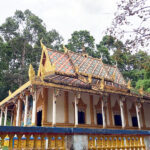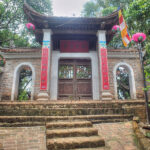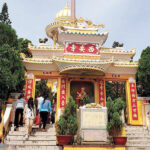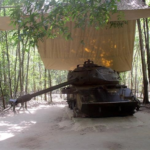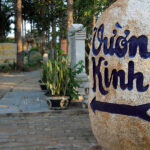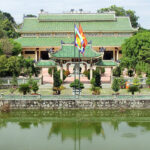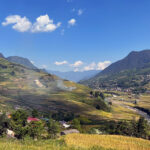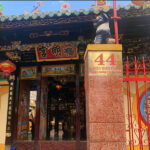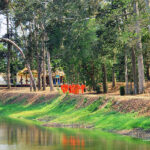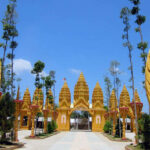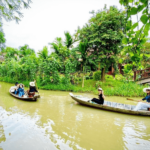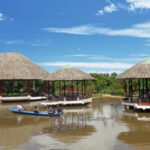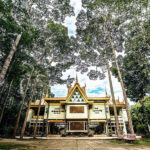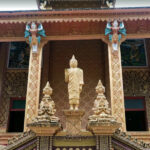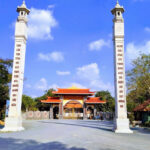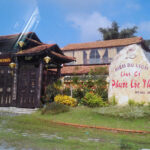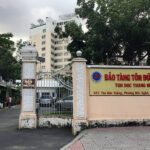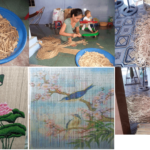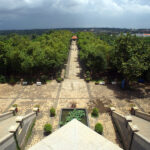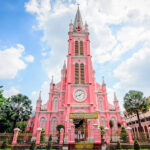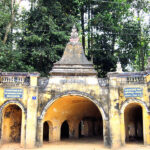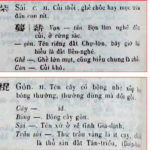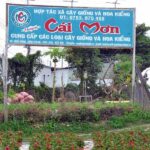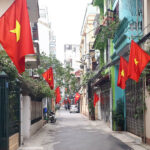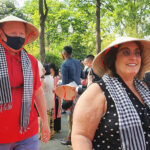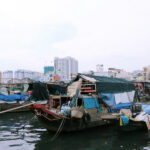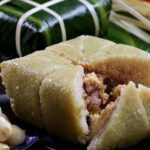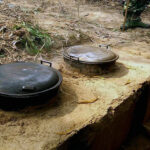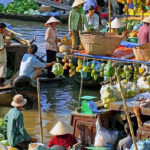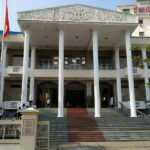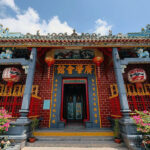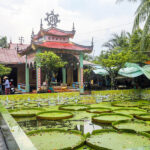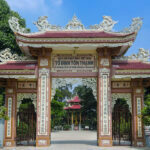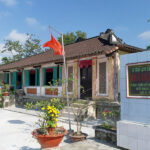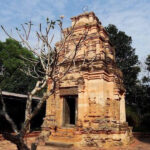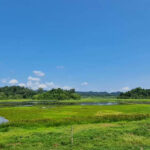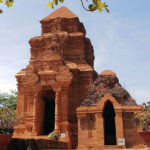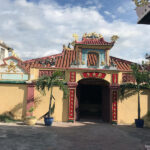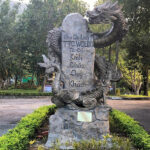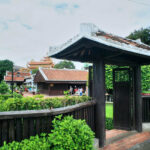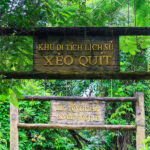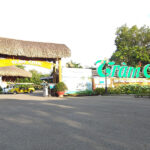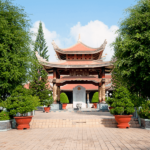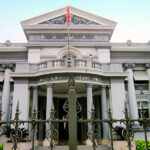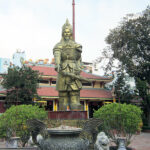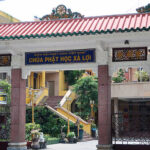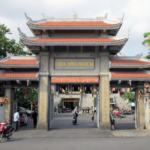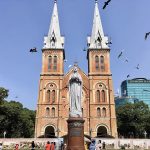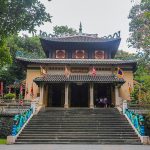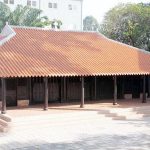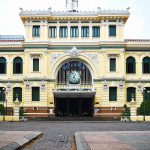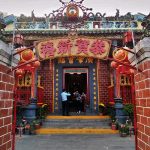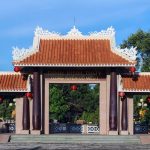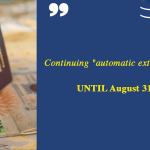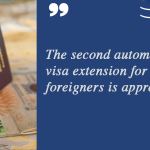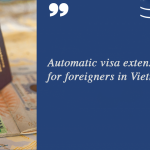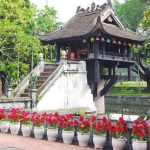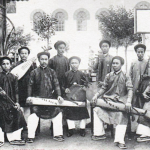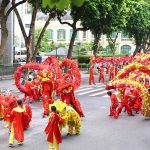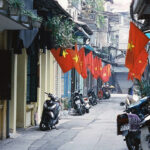The Mekong Delta is also known as the Western Region or South-western region, is the region in southwestern Vietnam where the Mekong River approaches and empties into the sea through a network of distributaries. The Mekong delta region encompasses a large portion of southwestern Vietnam, consists of 12 provinces in total: Long An, Đồng Tháp, Tiền Giang, An Giang, Bến Tre, Vĩnh Long, Trà Vinh, Hậu Giang, Kiên Giang, Sóc Trăng, Bạc Liêu, Cà Mau, and one central city – Cần Thơ City.
The local inhabitants of the Mekong Delta are spontaneous, straightforward, and hospitable, all have created a distinctive characteristic of the Mekong Delta. Now let’s go with Viet Dream Travel to explore more about Mekong Delta history which absolutely intrigued you.
The Mekong Delta history over the course of time
The Mekong Delta was likely inhabited by the civilizations of Funan and Chenla for centuries. This is the cradle of the Óc Eo culture, which flourished in the early years of AD. In particular, agriculture and commerce at this time were quite developed with a series of evidence such as ancient irrigation works, canals that both irrigate and transport roads, handicraft products, metal coins, jewelry, seals made of precious stones, glass… many products of imported origin. Researchers believe this ancient state existed from the 2nd to 6th centuries in Southeast Asia, which has been recorded many times.
Vietnamese period
In 1658, Lord Nguyễn Phúc Tần helped royal relative of Chenla, Batom Reachea, to the throne. In response to the new king of Chenla, who signed an annual treaty of tribute to Lord Nguyễn and allowed the Vietnamese to own the reclaimed land in Saigon, Đồng Nai and Bà Rịa. In these areas where the Vietnamese population was increasingly crowded, the Lords of Nguyễn had to send a strong army to maintain security as well as placed rulers and taxes.
In 1698, Lord Nguyễn Phúc Chú sent Nguyễn Hữu Cảnh to establish Vietnamese administrative structures in the area of Chenla land. He divided the land of Đông Phố of the Chinese into districts and then sent a mandarin to rule. Lord Nguyễn also recruited exiles from Quảng Bình come here to establish villages and reclaim land.
In 1680, Mạc Cửu, a native of Guangdong, moved with his family members and relatives to Chenla, when the Qing Dynasty toppled the Ming Dynasty. He established, expanded and governed the land of Hà Tiên, Rạch Giá, and Phú Quốc at that time, which belonged to Chenla however the king could not controled these areas. In 1708, in order to avoid the frequent pressure of Siam (Thailand), Mạc Cửu offered these lands to Lord Nguyễn Phúc Chú.
During the Nguyễn Dynasty, emperor Gia Long continued to complete the administrative system and unified management on a national scale. In 1836, emperor Minh Mạng ordered the registration of the entire provinces of southern Vietnam. In the 19th century, the Nguyễn emperores built a system of defensive fortresses along the border to protect national sovereignty over the southern land.
During the resistance war against France and America
In December 1845, the three countries of Vietnam, Siam (Thailand) and Cambodia signed a treaty, which recognized these six provinces in the south belongs to Vietnam.
In 1859, the French defeated the Nguyễn army, and forced to cede the three southern Vietnamese provinces of Biên Hòa, Gia Định and Định Tường in June 1862.
By the end 1867, French controled all provinces of southern Vietnam and later named it “Cochinchina”.
In 1889, France and Cambodia signed a series of legal documents on planning demarcation and marking the border between Cochinchina and Cambodia, affirming that Cochinchina belongs to Vietnam.
From 1941 until 1945, Cochinchina was occupied by Japan during World War II. After the Japanese surrender in August 1945, the Communist-front Viet Minh had declared a provisional government (a Southern Administrative Committee) in Saigon. In June 1946, France declared Cochinchina a republic, separate from the northern and central parts, and began the French Indochina War on 19 December 1946.
In 1948, Cochinchina was renamed as the Provisional Government of Southern Vietnam. The whole area was merged the next year with the Provisional Central Government of Vietnam, and the State of Vietnam, with former emperor Bảo Đại as head of state, was then officially established. After the First Indochina War and temporary partition of Vietnam agreed at Geneva, with French and American patronage Cochinchina was merged in 1955 with Annam south of the 17th parallel to form the Republic of Vietnam, “South Vietnam”, under the presidency of Ngô Đình Diệm.
During the war with America, there were many conflicted and disputed over the border between Saigon’s regime and Cambodia government. On May 9, 1967, the Government of the Kingdom of Cambodia issued a statement calling on countries to respect Cambodia’s territorial integrity within the current border. Responding to Cambodia’s call, on May 31, 1967 and June 8, 1967, the Central Committee of the National Front for the Liberation of South Vietnam and the Government of the Democratic Republic of Vietnam issued a statement recognizing and committing bound to respect Cambodia’s current border. By the end of 1968, 34 countries in the world had issued declarations to respect Cambodia’s independence, sovereignty, neutrality and territorial integrity within the current border.
Since the day of peace and unification of the country (April 30, 1975), the Government of the Socialist Republic of Vietnam and the People’s Republic of Cambodia have signed the following treaties:
– Treaty of peace, friendship and cooperation between the two countries signed on February 18, 1979.
– Treaty on land border, signed on Fuly 20,1983.
– National border planning treaty between the two countries, signed on December 27, 1985.
– Additional treaty to the 1985 Border Planning Treaty, signed on October 10, 2005 between the Government of the Socialist Republic of Vietnam and the Government of the Kingdom of Cambodia.
The above treaties affirm the national sovereignty of the two countries Vietnam – Cambodia, in which the southern part of the country belongs to Vietnam’s territorial sovereignty.
On September 7, 2006, representatives of the Governments of the two countries commenced construction of the first international milestone at the Mộc Bài border gate (Vietnam) – Ba Vet (Cambodia) and the two Governments were determined to reach the beginning of the year 2008 completed marking the land border between Vietnam and Cambodia.
If you have any chance to visit Vietnam, don’t forget to come to explore the Mekong Delta history, it’s value culture. And we willing to support for your Vietnam holiday trips.
